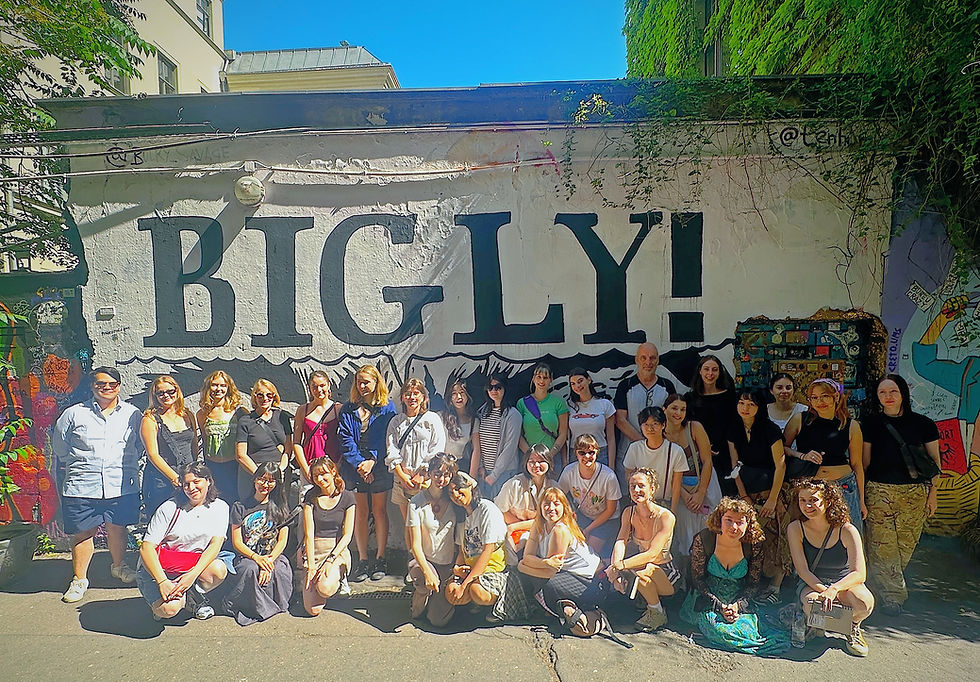EO Gill wins the British Association of Decadence Studies 2022 Essay Prize for 'Screwball'
- ART HISTORY

- Oct 17, 2022
- 2 min read
Updated: Dec 12, 2022

Department of Art History staff and affiliates are delighted to share the news that EO Gill, an emerging video artist and current doctoral candidate, has been selected as a joint winner of the British Association of Decadence Studies (BADS) 2022 Essay Prize for their essay 'Screwball', which draws from their ongoing doctoral research and will be published soon in a forthcoming issue of Volupte.
From the judges: An intriguing, fresh look at decadence through classical Hollywood, pornography, and more, this essay employs the author’s own “decadent screwball methodology” in staging the installation entitled Screwball, appearing at Verge Gallery in Sydney, Australia, 22 June-22 July 2022.
In the author/curator’s words, the artists in this installation utilized the inspiration of “screwballing of convention that engages the obscene.” Beginning their essay with the concept of screwball humour in the cartoon Bugs Bunny and pointing out that decadence is not only about “excess, pleasure and indulgence,” the author focusses instead on the hidden, implied, evasive, coded, and perverse—for example, the gender-ambiguous, crossdressing Bugs (originally, Bugs was a transfeminine figure; the cartoon was cut for the general audience, now restored).
Not only a methodology but also a type, the author is brilliant in presenting and connecting the figure(s) of the “screwball” through the works of the various artists. Screwball invites us to imagine scenarios other than our mechanical engagement in corporate work and censored and censoring culture, as presented in Anna Breckon and Nat Randall’s three-channel video Piece of Work (2022).
Ultimately, Screwball is a celebration of decadence, present if hidden, intensely freeing, and all “about the action of living.” The author has prompted me to watch the original, now restored “A Wild Hare” (1940) and their own video work Cleave (2021), which is the pre-cursor to Screwball, as I have sadly missed the installation in Sydney.
Readers who also missed the installation of Screwball at Verge Gallery may be interested to read the excellent review of this exhibition by Verónica Tello, published in MeMo.






Comments